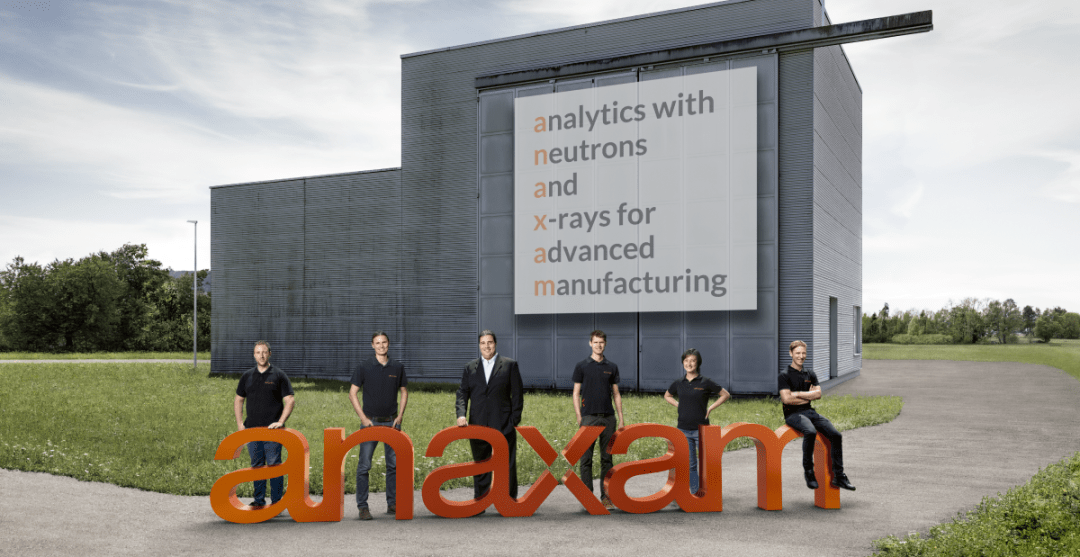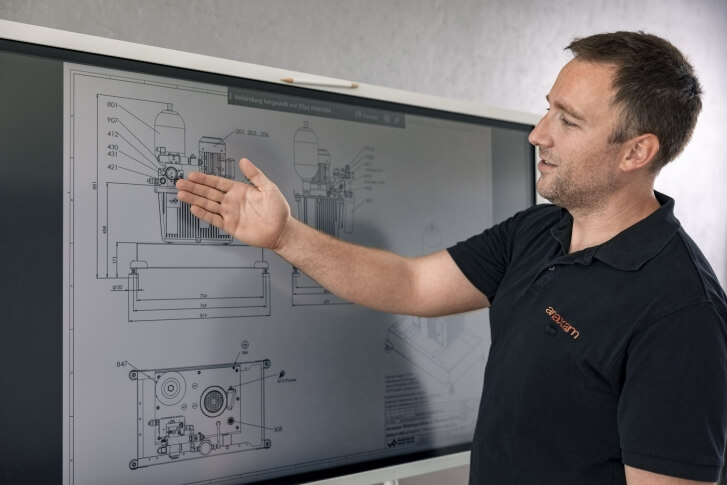A N A X A M
How does ANAXAM support industry and science?
ANAXAM utilizes large-scale research facilities such as the Spallation Neutron Source SINQ and the Swiss Light Source (SLS) at the Paul Scherrer Institute to perform non-destructive material analyses. These methods include imaging, diffraction, small-angle scattering, and spectroscopy, which allow for significantly more detailed investigation of materials and processes compared to conventional laboratory techniques. ANAXAM works closely with industrial companies and research institutions to optimize their products and processes and support their quality control. The results make a substantial contribution to innovation in various sectors, including the raw materials and metals industries, medical technology, the pharmaceutical industry, and the automotive sector. ANAXAM also offers knowledge transfer to provide expertise in material analytics.
ANAXAM
- is a knowledge and technology transfer center.
- is a non-profit and non-commercial organization.
- provides industry access to advanced analytical methods using neutron and synchrotron radiation (X-rays), primarily at the Paul Scherrer Institute (PSI), which were originally developed for fundamental research.
- collaborates with industry based on the principle of public-private partnership.
- is located in Villigen, in the canton of Aargau, Switzerland.
- was founded in 2019 by the Paul Scherrer Institute (PSI), the University of Applied Sciences and Arts Northwestern Switzerland (FHNW), the Swiss Nanoscience Institute (SNI), and the canton of Aargau.
- is a member of the Advanced Manufacturing – Technology Transfer Center (AM-TTC) Alliance. The AM-TTC initiative is a measure within the federal government's action plan for digitization at the State Secretariat for Education, Research and Innovation (SERI) to promote innovation and accelerate knowledge transfer.
Questions and Answers (FAQ)
- Which industries benefit from ANAXAM’s expertise?
Among others: the raw materials, metals, medical technology, pharmaceutical, and automotive industries, as well as many more.
- Which specific analytical techniques does ANAXAM offer?
ANAXAM uses neutron and synchrotron radiation for imaging, diffraction, small-angle scattering, and spectroscopy.
- How can companies collaborate with ANAXAM?
Through service and development projects. In service projects, ANAXAM experts advise companies on material science issues, conduct measurements on their behalf, analyze and interpret the results together with the clients, and prepare a final report. In development projects, new equipment, sample manipulators, and other specialized infrastructure are developed jointly to increase measurement efficiency and create realistic experimental conditions.
- What educational services does ANAXAM offer?
ANAXAM offers seminars, workshops, training & education in material analytics, as well as guided tours.
- How is ANAXAM funded?
Through federal and cantonal funding, revenues from activities, contributions from members, and donations from private and public entities.
Contact
Interested in a collaboration or more information about our services?
Visit our website at www.anaxam.ch and contact us for a personal consultation – no strings attached.
Further key terms
material analytics, non-destructive testing, neutron radiation, synchrotron radiation, industrial research, quality control, process optimization, technology transfer, innovation.


